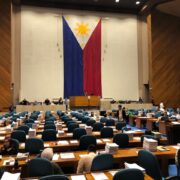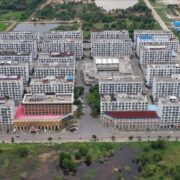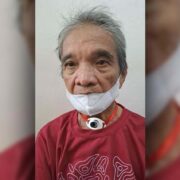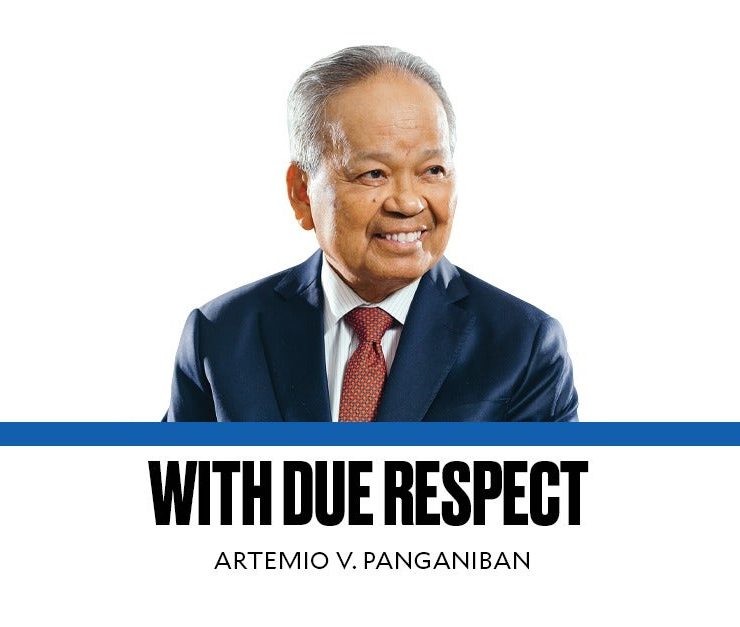From detention to diploma

What does justice look like behind bars?
For more than 10,000 Filipinos who finished their basic education while in detention, it looks like a second chance. Or more tangibly, a place where they can still grow and learn and be seen, not as statistics or lost causes, but as regular people with potential.
Last week, the Department of the Interior and Local Government (DILG) reported that a total of 10,739 persons deprived of liberty (PDLs) completed their elementary or high school education through the alternative learning system (ALS), a nonformal education program designed by the Department of Education for Filipinos unable to access traditional schooling.
Their story encapsulates Supreme Court Senior Associate Justice Marvic Leonen’s vision of a shift in the justice system from retribution to restoration.
The magistrate concedes that it’s a lofty ambition, but “we must dare to imagine this society because it is through imagination that the seeds of change spring forth.” Addressing jail officials on Wednesday, Leonen said: “We must believe that by working with our people who suffer, our society can become more humane.”
Holistic and meaningful rehabilitation
ALS accommodates the unique realities of those held in jails, offering flexible schedules and tailored instruction that meet learners where they are: physically, emotionally, and mentally.
But the gains extend beyond basic education. Through the Tertiary Education Behind Bars program, a joint initiative with the Commission on Higher Education, 107 PDLs have earned college degrees, while 720 more are currently enrolled in higher education courses.
Meanwhile, through partnerships with the Technical Education and Skills Development Authority and civil society organizations, over 112,707 PDLs have completed training in carpentry, electronics, welding, arts and crafts, and small-scale entrepreneurship. Many of them benefit from the Time Allowance for Studying, Teaching, and Mentoring, as provided by Republic Act No. 10592, which recognizes self-improvement as a legitimate path to early reintegration.
“These results reflect the government’s commitment to holistic and meaningful rehabilitation, aligned with President Marcos’ call to build a world where justice and compassion prevail,” the DILG said.
This thrust, of reclaiming one’s future in spite of confinement, stands in stark contrast to a punitive system that, as Leonen warned, disproportionately punishes the poor and hardens rather than rehabilitates.
Vehicle for healing
Leonen’s remarks, delivered during the country’s first national conference on restorative justice, were a sobering reminder of how far our justice system still needs to go. “Imagine being jailed for stealing sardines just so his family can eat,” he said. “Will [he] come out already training in the art of killing people or stealing [from] someone?”
The problem lies not just in the crime committed but in a justice system that has inherited an outdated and classical theory of punishment that is “agnostic or blind to personal circumstances and socioeconomic conditions,” according to Leonen.
This call to reimagine justice as a vehicle for healing, not just penalty, assumes even greater urgency in light of the government’s plan to integrate the Bureau of Jail Management and Penology (BJMP), which oversees detainees awaiting trial or sentencing, with the Bureau of Corrections, which houses convicted individuals, including the New Bilibid Prison. Interior Secretary Jonvic Remulla confirmed that the integration, still under consultation, aims to streamline resources, address persistent jail congestion, and apply restorative principles across all phases of incarceration.
Lives still in the making
Done right, this integration could erase the false distinction between “jail” and “prison” as separate stages of human neglect. It could allow for a seamless transition of education, mental health, and livelihood support from pretrial detention through post-conviction rehabilitation. And it could extend holistic, person-centered care to every inmate.
The BJMP’s quiet work has been invaluable, as Remulla cited its role in reducing jail congestion from 314 percent to 296 percent, providing paralegal aid to over 85,000 PDLs, and declaring 230 jails drug-free.
The story of Marissa Basa, a former detainee who now works at a city hall, is a testament to this. “This is who I am now, no longer like before. I’m happy because it’s my first time to have a job,” she said in a DILG statement.
Restorative justice becomes possible once crime is viewed not merely as a violation of law, but as harm that can be healed. It’s time that the government stopped treating inmates as sad characters at the end of their story, but as lives still in the making. It means a justice system so designed where deprivation of liberty is not tantamount to deprivation of dignity. In other words, a justice system where punishment can transform into possibility.





















